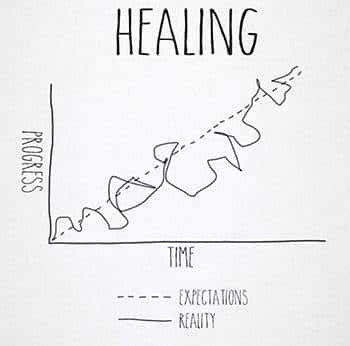Returning to CrossFit training after illness can be a challenging journey, especially when dealing with the aftermath of viral or bacterial infections. Understanding the differences between these types of infections, their severity, and their impact on training capacity is crucial for a safe and effective comeback. In this comprehensive guide, we’ll explore the nuances of returning to CrossFit training after illness, including the best practices for different scenarios, potential pitfalls to avoid, and signs of progress.
1. Understanding Viral vs. Bacterial Infections:
– Viral Infections: Viral infections, such as the common cold, flu, or COVID-19, are caused by viruses and typically affect the respiratory system. Symptoms may include fever, cough, sore throat, fatigue, and body aches.
– Bacterial Infections: Bacterial infections, on the other hand, are caused by bacteria and can affect various parts of the body, including the respiratory tract, gastrointestinal tract, and skin. Common bacterial infections include strep throat, urinary tract infections, and pneumonia.
2. Severity and Impact on Training Capacity:
– Viral Infections: The severity of viral infections can vary widely, from mild symptoms that resolve on their own to more severe cases requiring medical intervention. Returning to training after a viral infection depends on factors such as the duration and intensity of symptoms, overall health, and individual recovery rate.
– Bacterial Infections: Bacterial infections can range from mild to severe, with some requiring antibiotics for treatment. The impact on training capacity may depend on the specific type and location of the infection, as well as how effectively it is treated.
3. Returning to Training: Best Practices:
– Gradual Progression: Regardless of the type of infection, it’s essential to ease back into training gradually. Start with low-intensity workouts and gradually increase the intensity and duration as tolerated.
– Listen to Your Body: Pay attention to how your body responds to exercise. If you experience excessive fatigue, shortness of breath, dizziness, or other concerning symptoms, scale back your training or take additional rest days.
– Hydration and Nutrition: Proper hydration and nutrition are essential for supporting recovery and rebuilding strength. Focus on consuming nutrient-rich foods and staying hydrated throughout the day.
4. Adjusting Training Based on Severity:
– Mild Infections: For mild cases of illness, such as a brief cold or minor bacterial infection, focus on light aerobic exercise, mobility work, and bodyweight movements to ease back into training.
– Moderate to Severe Infections: If you’ve experienced a more severe illness or required medical treatment, it may take longer to return to full training capacity. Consult with a healthcare professional or physical therapist for guidance on modifying your workouts and setting realistic goals.
5. Signs of Progress and Advancement:
– Improved Energy Levels: As your body continues to recover, you may notice an increase in energy levels and overall feelings of well-being.
– Increased Strength and Endurance: Pay attention to improvements in strength, endurance, and performance during workouts as indicators of progress.
– Consistent Recovery: If you’re able to recover more quickly between workouts and experience fewer setbacks, it may be a sign that your body is ready to progress to more challenging training sessions.
Conclusion:
Returning to CrossFit training after illness requires patience, perseverance, and a mindful approach to recovery. By understanding the differences between viral and bacterial infections, adjusting your training based on severity, and listening to your body’s signals, you can safely navigate the journey back to full training capacity. Remember to prioritize rest, hydration, and proper nutrition to support your body’s healing process, and don’t hesitate to seek guidance from healthcare professionals or fitness experts if needed. With time and dedication, you’ll be back to crushing your CrossFit goals in no time. Never fear reaching out!





